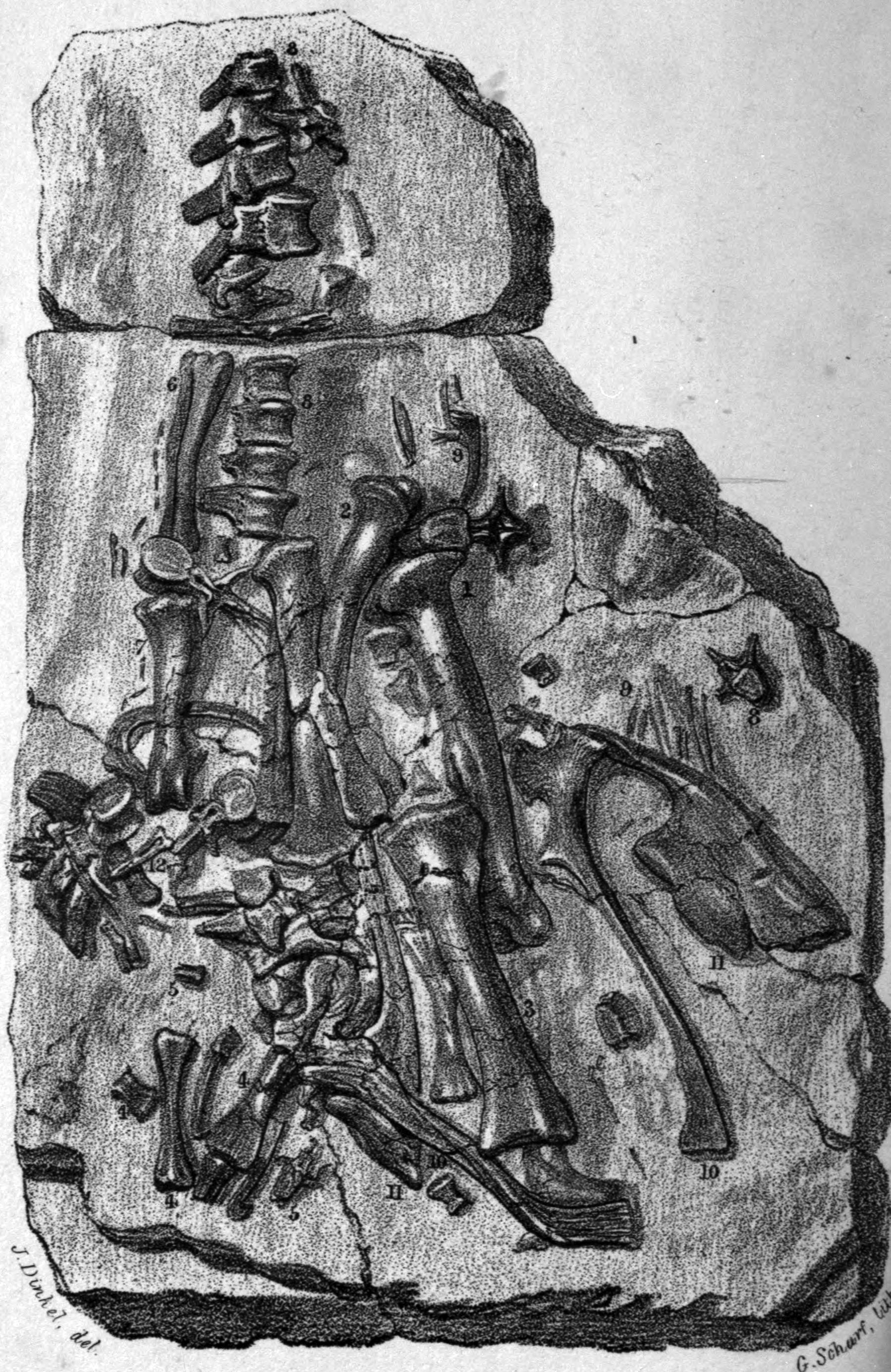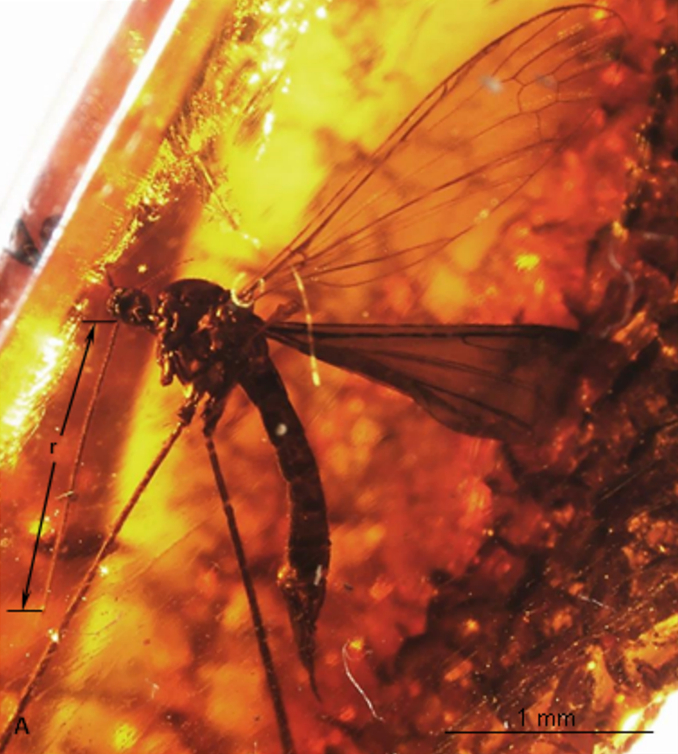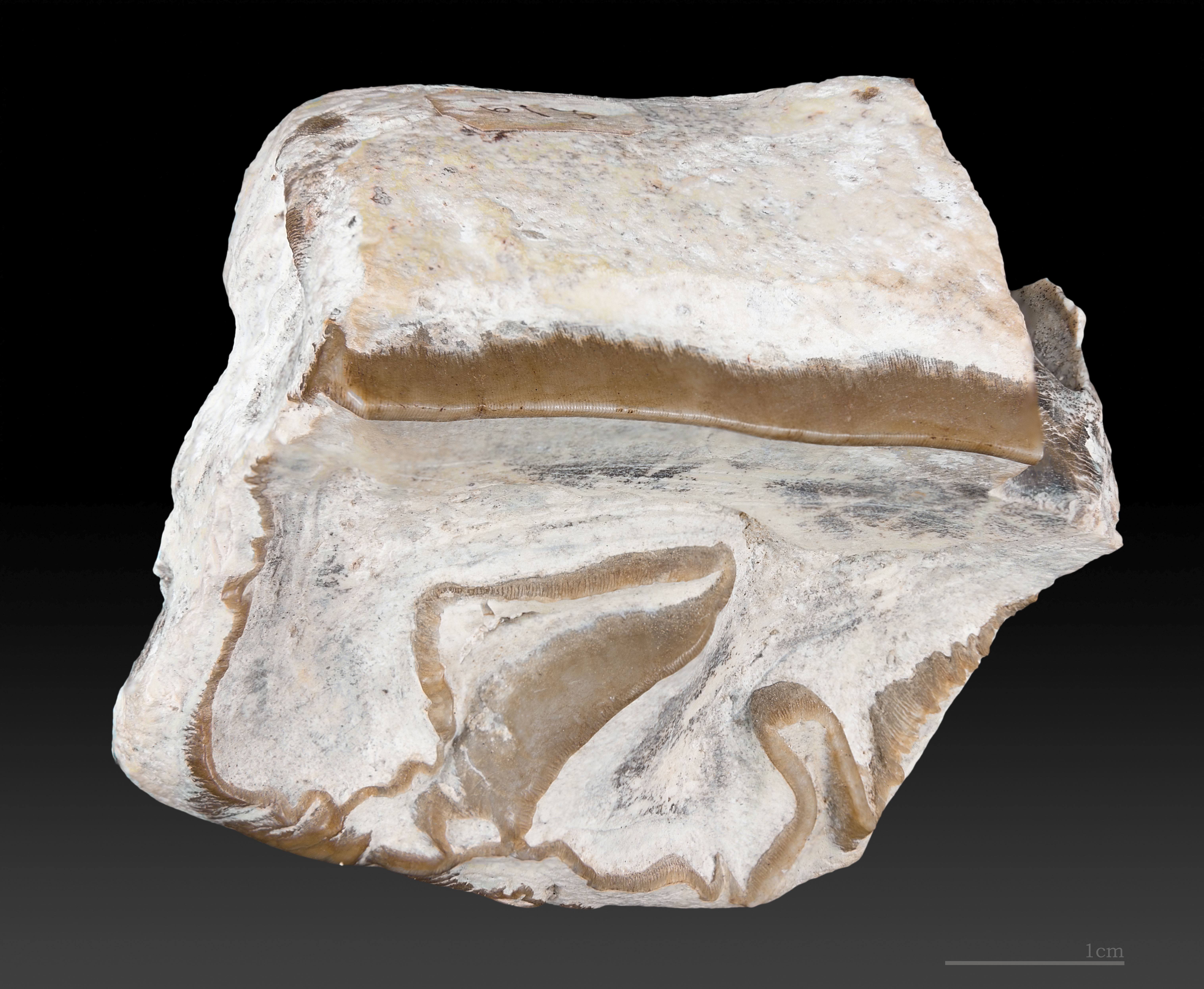|
Hypsilophodon
''Hypsilophodon'' (; meaning "high-crested tooth") is a neornithischian dinosaur genus from the Early Cretaceous period of England. It has traditionally been considered an early member of the group Ornithopoda, but recent research has put this into question. The first remains of ''Hypsilophodon'' were found in 1849; the type species, ''Hypsilophodon foxii'', was named in 1869. Abundant fossil discoveries were made on the Isle of Wight, giving a good impression of the build of the species. It was a small, agile bipedal animal with an herbivorous or possibly omnivorous diet, measuring long and weighing . It had a pointed head equipped with a sharp beak used to bite off plant material, much like modern-day parrots. Some outdated studies have given rise to a number of misconceptions about ''Hypsilophodon'', including that it was an armoured, arboreal animal, and that it could be found in areas outside of the Isle of Wight. However, research from the following years has shown thes ... [...More Info...] [...Related Items...] OR: [Wikipedia] [Google] [Baidu] |
Ornithopoda
Ornithopoda () is a clade of ornithischian dinosaurs, called ornithopods (). They represent one of the most successful groups of herbivorous dinosaurs during the Cretaceous. The most primitive members of the group were bipedal and relatively small-sized, while advanced members of the subgroup Iguanodontia became quadrupedal and developed large body size. Their major evolutionary advantage was the progressive development of a chewing apparatus that became the most sophisticated ever developed by a non-avian dinosaur, rivaling that of modern mammals such as the domestic cow. They reached their apex of diversity and ecological dominance in the hadrosaurids (colloquially known as 'duck-bills'), before they were wiped out by the Cretaceous–Paleogene extinction event along with all other non- avian dinosaurs. Members are known worldwide. History of research In 1870, Thomas Henry Huxley listed Iguanodontidae (coined by Edward Drinker Cope a year earlier) as one of his three famil ... [...More Info...] [...Related Items...] OR: [Wikipedia] [Google] [Baidu] |
Wessex Formation
The Wessex Formation is a fossil-rich England, English geological formation that dates from the Berriasian to Barremian Stage (stratigraphy), stages of the Early Cretaceous. It forms part of the Wealden Group and underlies the younger Vectis Formation and overlies the Durlston Formation. The dominant lithology of this unit is mudstone with some interbedded sandstones. It is part of the strata of the Wessex Basin, exposed in both the Isle of Purbeck and the Isle of Wight. While the Purbeck sections are largely barren of vertebrate remains, the Isle of Wight sections are well known for producing the richest and most diverse fauna in Early Cretaceous Europe. Nomenclatural history Historically, the Wessex Formation has been called alternately the "Variegated Marls and Sandstones", a name used by William Joscelyn Arkell, W. J. Arkell in his 1947 map of the Isle of Purbeck as well as the "Wealden Marls" It was given its current formal name by Daley and Stewart in 1979. Stratigraphy ... [...More Info...] [...Related Items...] OR: [Wikipedia] [Google] [Baidu] |
Iguanodon
''Iguanodon'' ( ; meaning 'iguana-tooth'), named in 1825, is a genus of iguanodontian dinosaur. While many species found worldwide have been classified in the genus ''Iguanodon'', dating from the Late Jurassic to Early Cretaceous, Taxonomy (biology), taxonomic revision in the early 21st century has defined ''Iguanodon'' to be based on one well-substantiated species: ''I. bernissartensis'', which lived during the Barremian to early Aptian ages of the Early Cretaceous in Belgium, Germany, England, and Spain, between about 126 and 122 million years ago. ''Iguanodon'' was a large, bulky herbivory, herbivore, measuring up to in length and in body mass. Distinctive features include large thumb spikes, which were possibly used for defense against predation, predators, combined with long prehensile fifth fingers able to forage for food. The genus was named in 1825 by English geologist Gideon Mantell, based on fossil specimens found in England and was given the species name ''I. ... [...More Info...] [...Related Items...] OR: [Wikipedia] [Google] [Baidu] |
1869 In Paleontology
Insects New taxa Reptiles Turtles New taxa Crocodylomorphs New taxa Dinosaurs New taxa Birds New taxa Pterosaurs New taxa Ichthyosaurs New taxa Plesiosaurs New taxa Paleontologists * Death of German Paleontologist Christian Erich Hermann von Meyer.{{cite book, last = Farlow, first = James O., author2= M. K. Brett-Surmann, title = The Complete Dinosaur, publisher = Indiana University Press, year = 1999, location = Bloomington, Indiana, pages = 11, isbn = 0-253-21313-4 References [...More Info...] [...Related Items...] OR: [Wikipedia] [Google] [Baidu] |
Neornithischia
Neornithischia ("new ornithischians") is a clade of the dinosaur order Ornithischia. It is the sister group of the Thyreophora within the clade Genasauria. Neornithischians are united by having a thicker layer of asymmetrical enamel on the inside of their lower teeth. The teeth wore unevenly with chewing and developed sharp ridges that allowed neornithischians to break down tougher plant food than other dinosaurs. Neornithischians include a variety of basal forms historically known as "hypsilophodonts", including the Thescelosauridae. As these taxa do not all form a monophyletic clade, the term 'small-bodied early diverging ornithischian' (SBEDO) has been used to refer to these as a collective group. In addition, there are derived forms classified in the groups Marginocephalia and Ornithopoda. The former includes clades Pachycephalosauria and Ceratopsia, while the latter typically includes ''Hypsilophodon'' and the more derived Iguanodontia. Classification Neornithischia was f ... [...More Info...] [...Related Items...] OR: [Wikipedia] [Google] [Baidu] |
Dinosaur
Dinosaurs are a diverse group of reptiles of the clade Dinosauria. They first appeared during the Triassic Geological period, period, between 243 and 233.23 million years ago (mya), although the exact origin and timing of the #Evolutionary history, evolution of dinosaurs is a subject of active research. They became the dominant terrestrial vertebrates after the Triassic–Jurassic extinction event 201.3 mya and their dominance continued throughout the Jurassic and Cretaceous periods. The fossil record shows that birds are feathered dinosaurs, Evolution of birds, having evolved from earlier Theropoda, theropods during the Late Jurassic epoch, and are the only dinosaur lineage known to have survived the Cretaceous–Paleogene extinction event approximately 66 mya. Dinosaurs can therefore be divided into avian dinosaurs—birds—and the extinct non-avian dinosaurs, which are all dinosaurs other than birds. Dinosaurs are varied from taxonomy (biology), taxonomic, ... [...More Info...] [...Related Items...] OR: [Wikipedia] [Google] [Baidu] |
Wealden Group
The Wealden Group, occasionally also referred to as the Wealden Supergroup, is a group (stratigraphy), group (a sequence of rock strata) in the lithostratigraphy of southern England. The Wealden group consists of wiktionary:paralic, paralic to continental (freshwater) sedimentary facies, facies sedimentary rocks of Berriasian to Aptian age and thus forms part of the English Lower Cretaceous. It is composed of alternating sands and clays. The sandy units were deposited in a flood plain of braided rivers, the clays mostly in a lagoonal coastal plain.Jackson (2008) The Wealden Group can be found in almost all Early Cretaceous Sedimentary basin, basins of England: its outcrops curve from the Wessex Basin in the south to the Cleveland Basin in the northeast. It is not found in northwest England and Wales, areas which were at the time tectonic highs where no deposition took place. The same is true for the London Platform around London and Essex. Offshore, the Wealden Group can reach a ... [...More Info...] [...Related Items...] OR: [Wikipedia] [Google] [Baidu] |
William Fox (palaeontologist)
William Fox (9 August 1813 – 1881) was an English clergyman and palaeontologist who worked on the Isle of Wight and made some significant discoveries of dinosaur fossils. The Reverend William Fox was born in Cumberland on 9 August 1813. He moved to the Isle of Wight in 1862 to take up the post of curate at the Parish church of St Mary the Virgin in Brixton (now known as Brighstone). He resigned his post in 1867 but continued to live in the area to carry on his collecting. In 1875, he became curate of nearby Kingston, near Shorwell.p15 The Complete Dinosaur by James Orville Farlow, M. K. Brett-Surman Although lacking formal scientific training Fox was remarkably astute and discussed his findings with eminent palaeontologists of the day including John Hulke (1830-1895) and Sir Richard Owen (1804-1892). Fox had easy access to Brighstone Bay from his home, Myrtle Cottage in Brighstone, and so spent many an hour collecting fossils, much to the detriment of his pastoral work; in ... [...More Info...] [...Related Items...] OR: [Wikipedia] [Google] [Baidu] |
Paratype
In zoology and botany, a paratype is a specimen of an organism that helps define what the scientific name of a species and other taxon actually represents, but it is not the holotype (and in botany is also neither an isotype (biology), isotype nor a syntype). Often there is more than one paratype. Paratypes are usually held in museum research collections. The exact meaning of the term ''paratype'' when it is used in zoology is not the same as the meaning when it is used in botany. In both cases however, this term is used in conjunction with ''holotype''. Zoology In zoological nomenclature, a paratype is officially defined as "Each specimen of a type series other than the holotype.", ''International Code of Zoological Nomenclature'' In turn, this definition relies on the definition of a "type series". A type series is the material (specimens of organisms) that was cited in the original publication of the new species or subspecies, and was not excluded from being type material ... [...More Info...] [...Related Items...] OR: [Wikipedia] [Google] [Baidu] |
Natural History Museum, London
The Natural History Museum in London is a museum that exhibits a vast range of specimens from various segments of natural history. It is one of three major museums on Exhibition Road in South Kensington, the others being the Science Museum (London), Science Museum and the Victoria and Albert Museum. The Natural History Museum's main frontage, however, is on Cromwell Road. The museum is home to life and earth science specimens comprising some 80 million items within five main collections: botany, entomology, mineralogy, palaeontology and zoology. The museum is a centre of research specialising in Taxonomy (biology), taxonomy, identification and conservation. Given the age of the institution, many of the collections have great historical as well as scientific value, such as specimens collected by Charles Darwin. The museum is particularly famous for its exhibition of dinosaur skeletons and ornate architecture—sometimes dubbed a ''cathedral of nature''—both exemplified by the ... [...More Info...] [...Related Items...] OR: [Wikipedia] [Google] [Baidu] |
Holotype
A holotype (Latin: ''holotypus'') is a single physical example (or illustration) of an organism used when the species (or lower-ranked taxon) was formally described. It is either the single such physical example (or illustration) or one of several examples, but explicitly designated as the holotype. Under the International Code of Zoological Nomenclature (ICZN), a holotype is one of several kinds of name-bearing types. In the International Code of Nomenclature for algae, fungi, and plants (ICN) and ICZN, the definitions of types are similar in intent but not identical in terminology or underlying concept. For example, the holotype for the butterfly '' Plebejus idas longinus'' is a preserved specimen of that subspecies, held by the Museum of Comparative Zoology at Harvard University. In botany and mycology, an isotype is a duplicate of the holotype, generally pieces from the same individual plant or samples from the same genetic individual. A holotype is not necessarily "ty ... [...More Info...] [...Related Items...] OR: [Wikipedia] [Google] [Baidu] |






